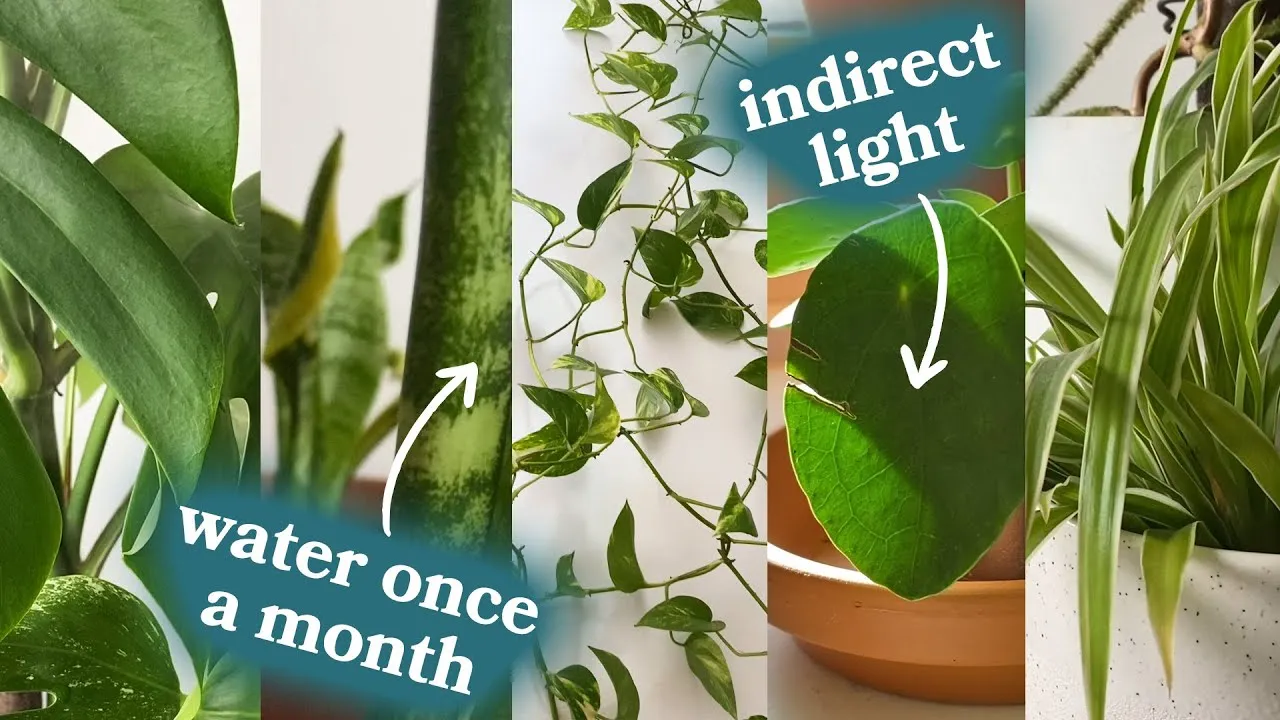Hey plant pals!
Ready to transform your living space into a green haven but not sure where to start?
Whether you’re a green thumb in the making or a seasoned plant parent, we’ve got the scoop on the 7 best houseplants that even the experts give a nod to.
Let’s dive into the world of leafy companions that thrive with a sprinkle of care and a dash of love.
Plant Parenthood 101
The Joy of Houseplants
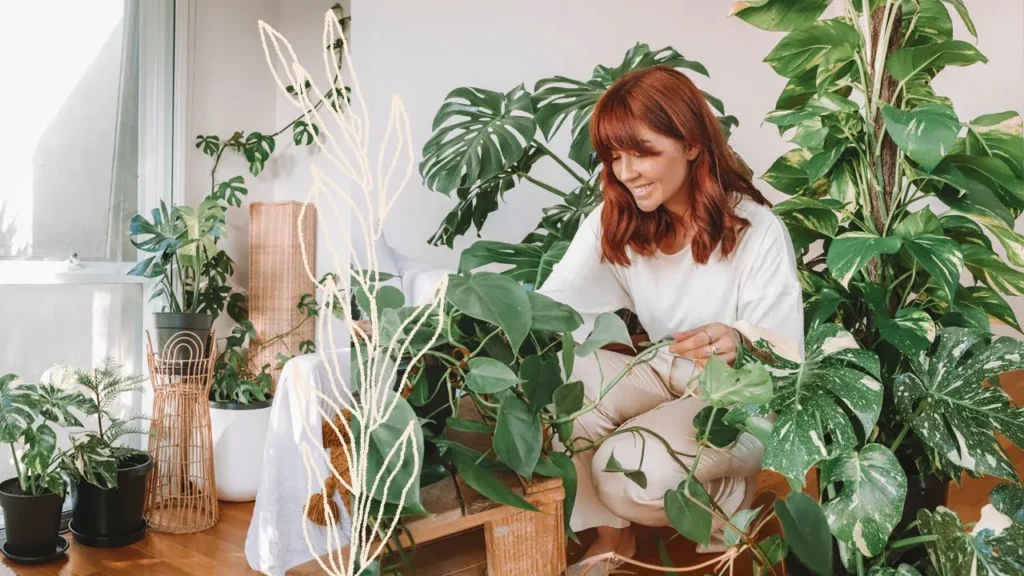
There’s something magical about having living, breathing greens inside your home.
Beyond aesthetics, houseplants can improve air quality, reduce stress, and create a cozy atmosphere.
It’s like inviting nature’s serenity indoors.
Beginner or Expert – Plants for All
Whether you’re a newbie eager to embark on your plant journey or a seasoned plant enthusiast looking for the next green challenge, there’s a perfect plant match for every skill level.
Greenery that Thrives Anywhere
Snake Plant (Sansevieria trifasciata)

Meet the resilient snake plant – a hero for beginners.
It can survive in low light, requires minimal water, and is practically indestructible.
If plants had a survival game, the snake plant would be the last one standing.
Spider Plant (Chlorophytum comosum)
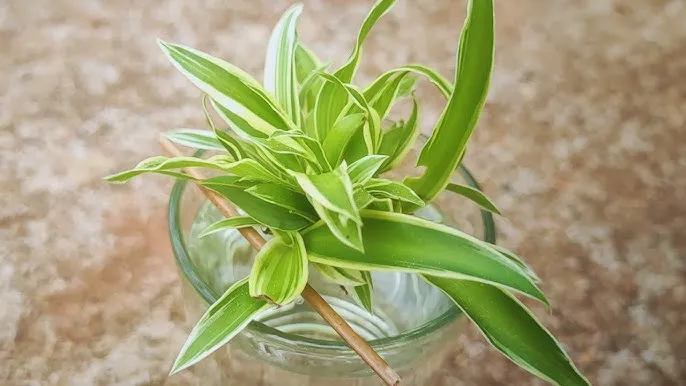
Spider plants are the overachievers of the plant world.
Not only are they low-maintenance, but they also produce baby spiderettes, giving you more plants without the effort of raising teenagers.
Leafy Friends for Moderate Care
ZZ Plant (Zamioculcas zamiifolia)
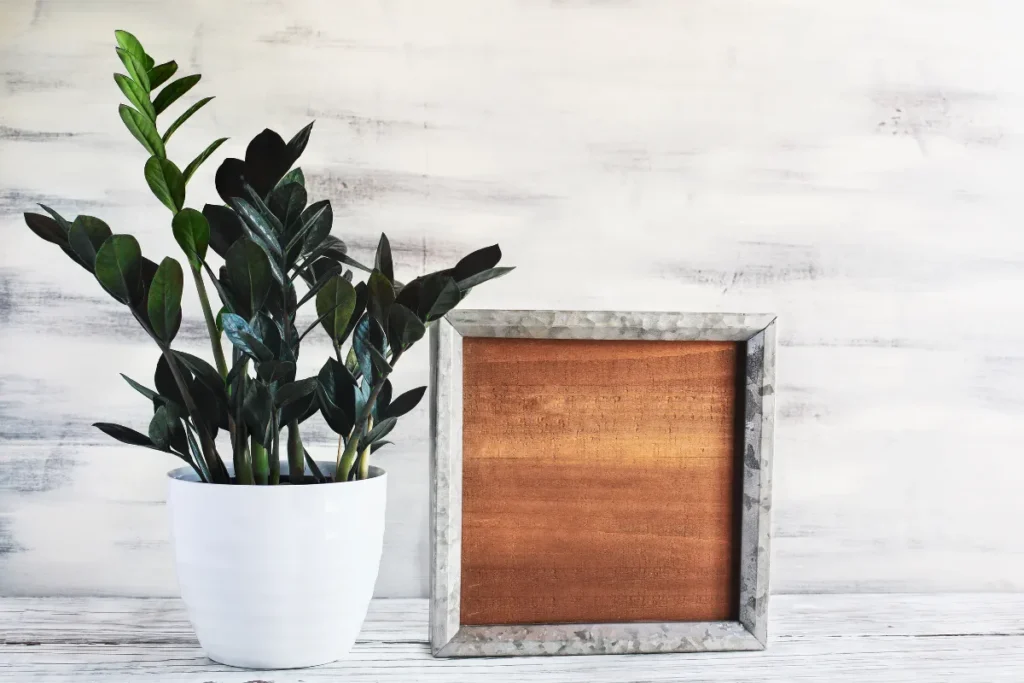
The ZZ plant is the cool kid of the plant world – it thrives in low light, forgives forgetful watering schedules, and looks effortlessly chic.
It’s like the James Dean of houseplants.
Pothos (Epipremnum aureum)

Pothos, often called Devil’s Ivy, is the ultimate multitasker.
It’s beautiful, adaptable, and excellent at purifying the air. It’s like having a superhero guardian draped elegantly over your shelves.
Challenges Accepted – Intermediate Plants
Fiddle Leaf Fig (Ficus lyrata)
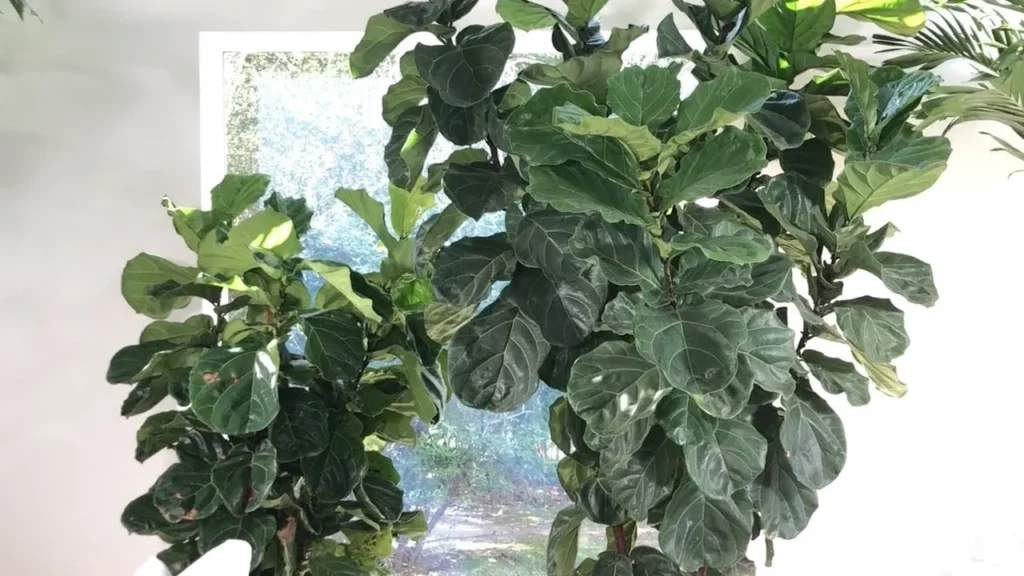
Ready to level up? The fiddle leaf fig is for the plant parent looking for a challenge.
It demands a bit more attention, but the reward is an Instagram-worthy, statement plant that steals the show.
Peace Lily (Spathiphyllum)
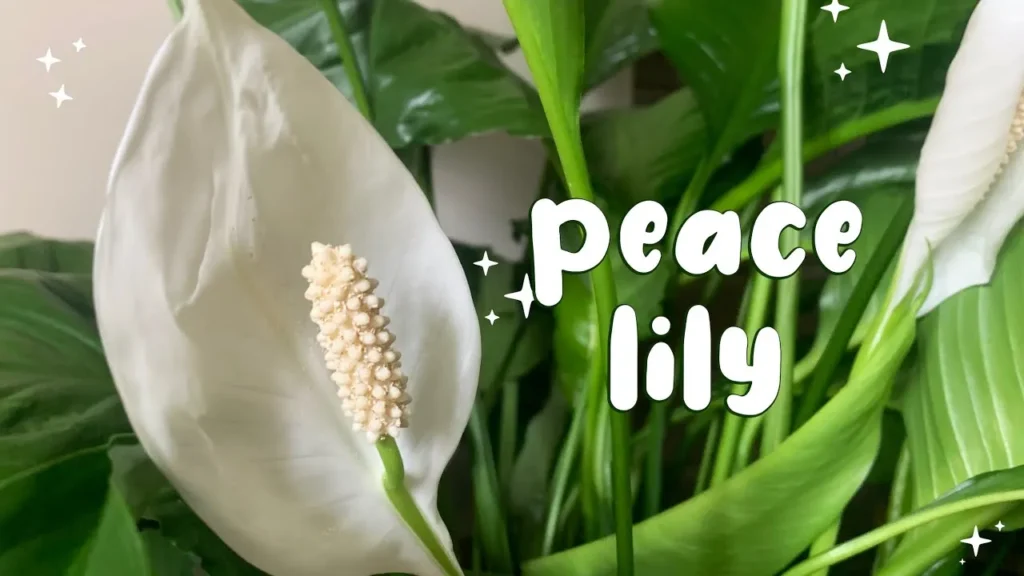
The peace lily is the diplomat of the plant world.
It not only adds elegance to your space but also informs you when it’s thirsty, making it perfect for those who enjoy a bit of interaction with their leafy companions.
Advanced Greenery – Experts Only
Calathea (Calathea spp.)
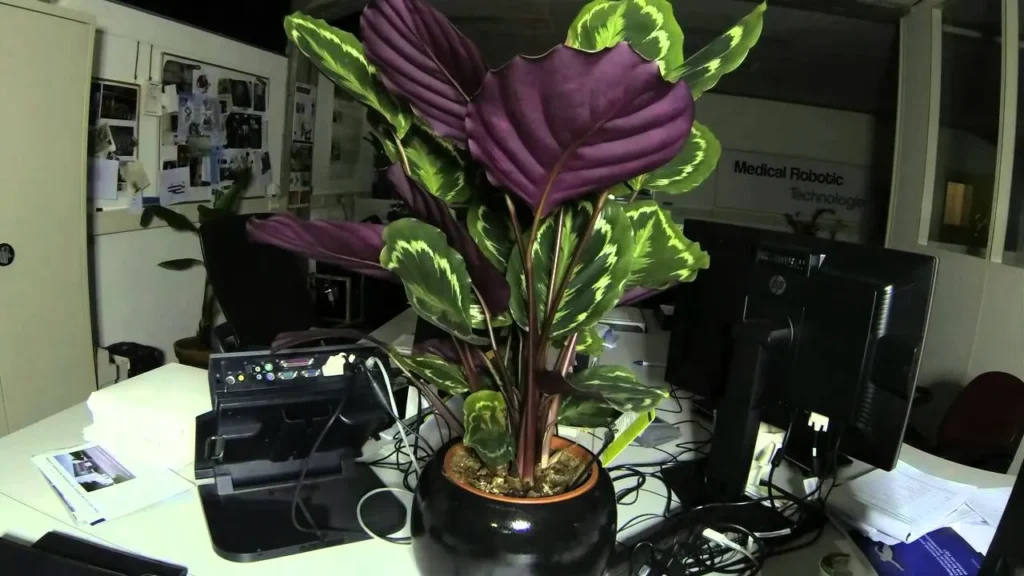
Calatheas are the prima donnas of the plant world, with stunning foliage that demands attention.
They are a bit more sensitive to their environment, but the effort is worth it for the sheer beauty they bring.
Orchids (Orchidaceae)

Orchids are the divas of houseplants, requiring a bit of finesse and a touch of glamour.
If you’re up for the challenge, their breathtaking blooms make it a show-stopping addition to your plant family.
Conclusion:
Growing Green Bonds
As we conclude our journey through the best houseplants for all levels of plant parents, remember – it’s not just about growing plants; it’s about cultivating a connection with living, breathing companions that bring nature’s charm to your doorstep.
FAQs: Plant Parent Inquiries
Q1: Can I keep these plants in my bedroom?
A: Absolutely! Many houseplants, including snake plants, spider plants, and peace lilies, are excellent choices for bedrooms, contributing to a serene and healthy sleep environment.
Q2: How often should I water my fiddle leaf fig?
A: Fiddle leaf figs prefer to dry out slightly between waterings. Water when the top inch of soil feels dry, typically every 7-10 days. Adjust based on your home’s humidity and light conditions.
Q3: Do these plants require special fertilizers?
A: Most houseplants do well with a general-purpose liquid fertilizer applied during the growing season (spring and summer). Follow the package instructions for proper dilution and application.
Q4: Can I mix and match these plants in the same room?
A: Absolutely! Mixing different types of plants can create a visually interesting and diverse indoor garden. Just be mindful of each plant’s individual care needs, especially light and water requirements.
Q5: What should I do if my plant is not thriving?
A: Assess the light, water, and humidity conditions in your home. Adjust care routines accordingly. If issues persist, consider repotting, checking for pests, or consulting with a local plant expert for personalized advice.
